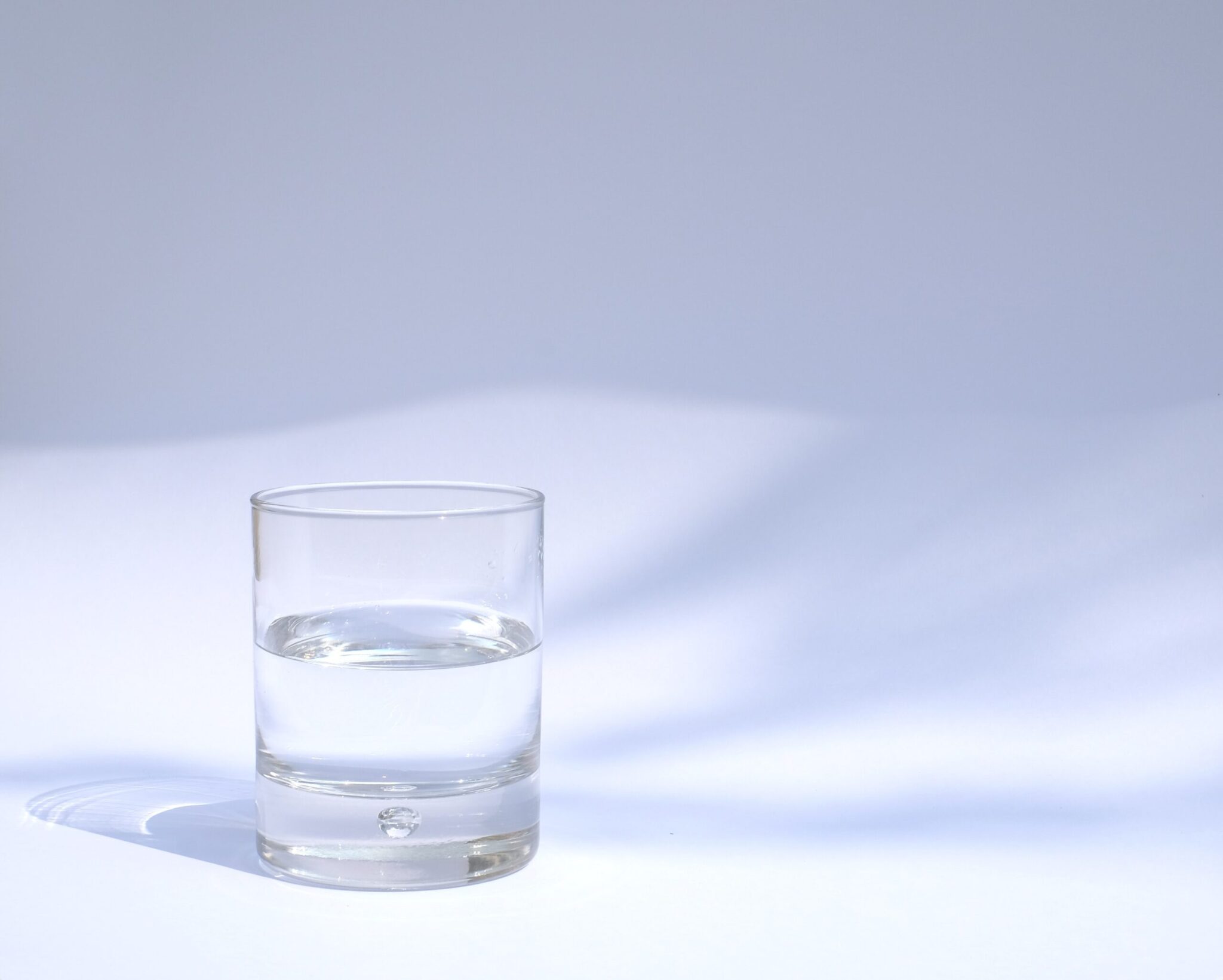Drinking Water – What’s a drinking water exceedance?
Further to an article in the Sligo Champion “Pesticide in the Water but its safe to drink!” dated 22nd September 2022 it’s important we talk about what makes a water “safe to drink”.
What makes a water safe to drink depends on a range of tests being carried out on water as explained in our blog dated 20th July which can be found Here - If an analyte can potentially be harmful to human health it is assigned a parametric value limit (PVL) and these are all listed in the European Drinking Water Regulations and have been instrumental in protecting consumers health from the possible negative impacts of consumption of contaminated drinking water.
A parametric value is the allowed limit of a test within in water so for example the parametric limit of E. coli in water is 0 (None Allowed), Iron 200 ug/l and Manganese 50ug/l. If a sample of drinking water is tested and is above these limits, it means it’s an exceedance and therefore dangerous to our health.
In the European Union (EU), most individual pesticides have a legal limit in drinking water of 0.1 micrograms/litre. If more than one pesticide is found in drinking water, the total (sum) of all pesticides together, has a legal limit of 0.5 micrograms/litre. In general, even a small amount of pesticide in a water source can cause a breach of the legal limit in drinking water: ‘A single drop of pesticide in a water body such as a typical stream (1m wide, 0.30m deep), for example, can be enough to breach the legal limit for pesticides in drinking water of 0.1micrograms /litre along 30 kilometres of its length.’ (Pesticide Registration & Control Division, Dept. of Agriculture) [1].
Pesticides are a man made synthetic made to kill off all types of weeds, insects or anything that can harm the crop. Most are toxic and poisonous and if you take a look at the history of pesticides you will be shocked to know the were invented as far back as WW1 [2]
The HSE also put it into perspective and state that 0.1 microgram/litre of the pesticide MCPA is about the same as one drop of pesticide in an Olympic sized swimming pool [2].
If you knew that the glass of water you are about to drink has 0.5ug/l of pesticides in it possibly a mix of MCPA & glyphosphate), would you drink it? I certainly wouldn’t.
To me no amount of manmade pesticide in water should be safe to drink – we are only really seeing and realizing the devastation effects pesticides are having on biodiversity today. To actually ingest these chemicals, even in the tiniest amounts has to have impact on human health.
[1] https://www.hse.ie/eng/health/hl/water/drinkingwater/faq-pesticides.pdf
[2] https://daily.jstor.org/war-and-pest-control/.
[3] https://apps.who.int/iris/bitstream/handle/10665/254637/9789241549950-eng.pdf;jsessionid=F9B0C823817D76D5B66F0AE5C7FF84E2?sequence=1
By Ruth Clinton
Water Innovation Officer

